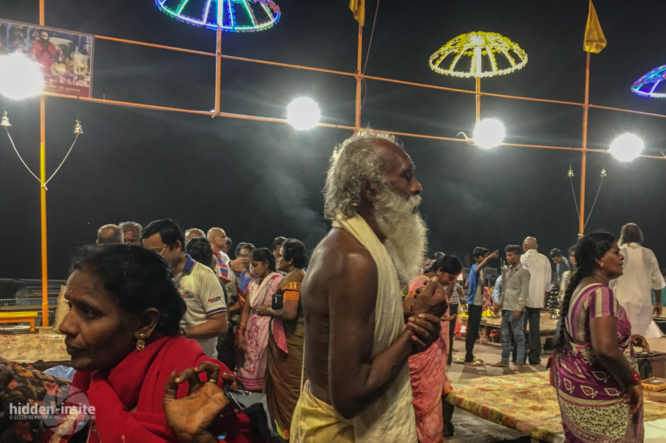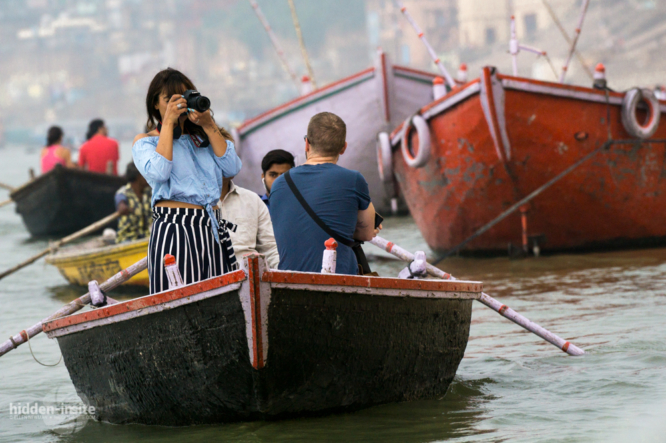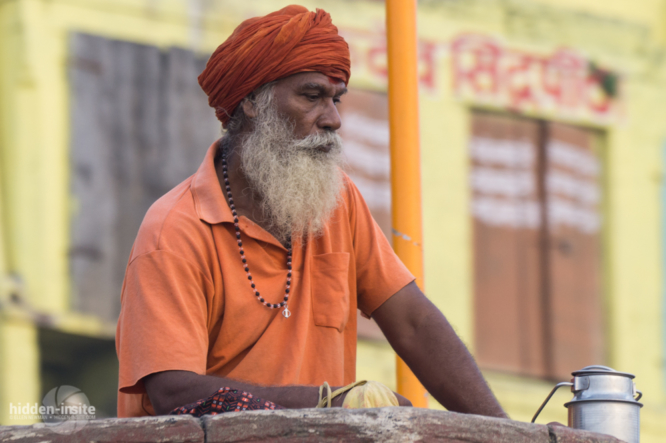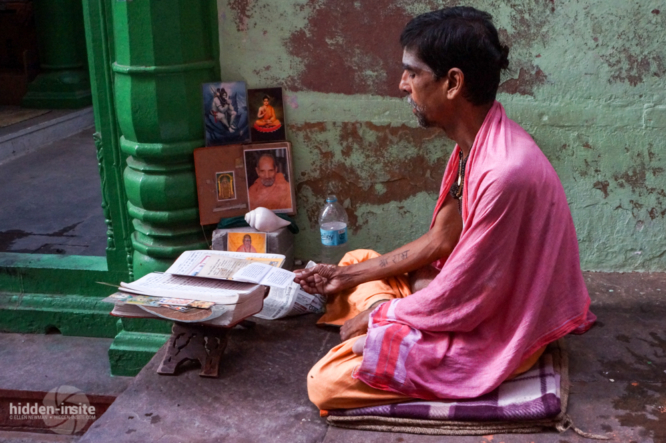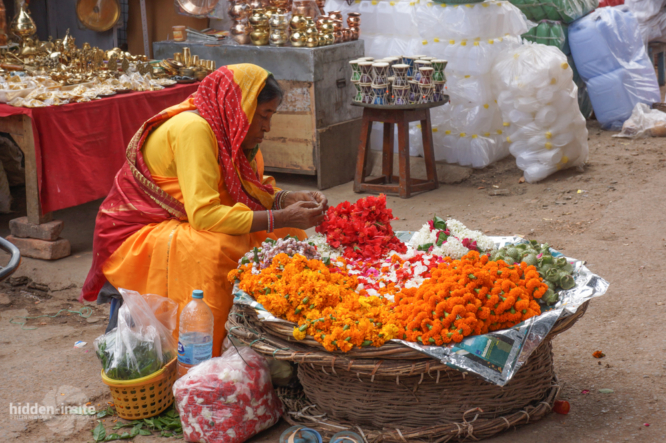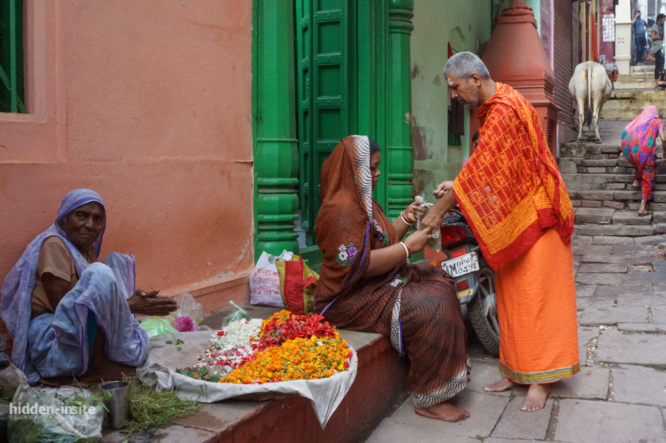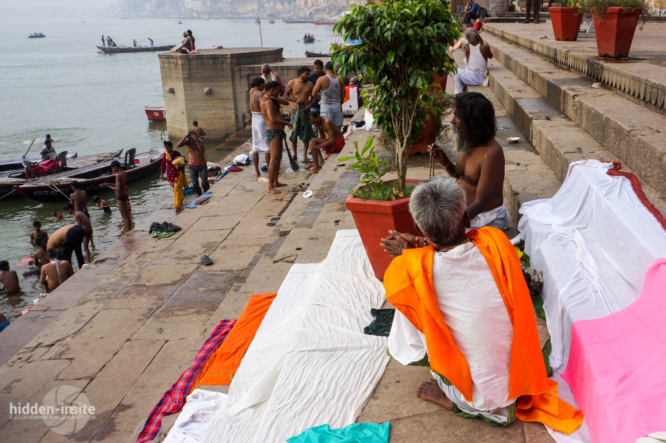Everyone's got their New Year's Resolutions. Perhaps one of yours is to eat healthier. Going to try to include more veggies in your meals? Traveling always plays havoc with anyone's diet. Being a vegetarian or someone wanting to experiment with that, faces additional challenges, when on the road.
My associate, Narmada, is a vegetarian. I have traveled with her and she is admirable in her devotion to her lifestyle. I’m sharing her blog, on traveling as a vegetarian, for those of you who are, those who would like to be, those who are part timers, those who are a dyed in the wool carnivores, (it couldn’t hurt to add a little more green to your diet) and those whose mothers told you to eat your vegetables.
Here's what Narmada recommends:
Dining out as a vegetarian while on vacation is full of potential dangers — how do you know that what you’re ordering is truly meat-free? And how do you know that it will still be tasty? Traveling as a vegetarian can be tricky, but with a little preparation, you’ll feel a lot more confident ordering out and enjoying your destination. Try these four strategies the next time you embark on an international trip:
1. Know what words to use. Vegetarianism isn’t practiced or understood everywhere, so it’s important to know what words you should use to indicate you’d like meat-free meals. For example, international backpacker and vegetarian Akila discovered on a trip to Japan that, while the Japanese weren’t really familiar with the strict translation of “vegetarian,” she got exactly what she asked for when she used to word “yasai,” which referred to vegetable-based meals. You might also run into problems in some meat-loving countries in Europe if you try to explain that you’re vegetarian — in France, for example, even if you explain you don’t eat meat, a waiter might try to serve you a fish dish. Do some research on the local language before you visit a destination to be sure you know the right terms to use, because “vegetarian” might not cut it.
2. Visit a vegetarian-friendly destination. Want to avoid the hassles that come with seeking out veggie meals? Make a point to visit places that are familiar with and open to the vegetarian way of eating. According to a list of vegetarian-friendly countries compiled by Oliver’s Travels, you’d do well to visit the Seychelles islands off the coast of Africa, Belize, Singapore, or Peru. These countries boast large numbers of vegetarian restaurants and consume comparatively less meat than other countries. Still dreaming of a European getaway? Head to the United Kingdom — it has tons of vegetarian options.
3. Know what to avoid. Think that meat-free dish is safe? Think again … In Thailand, almost every dish contains fish sauce, while in France a lot of soups are made from beef or bone broth. There are a lot of examples out there! Before you head to your chosen destination, read up on the most commonly used ingredients to be sure they’re not made with animal products. That way, when you go to a restaurant, you know which dishes you probably need to avoid, or you know what to ask to be taken out of a dish.
4. Use apps and websites to help navigate the dining scene. It’s still tricky to enjoy dining out in certain destinations as a vegetarian, but technology has certainly made it a lot easier! There are a LOT of apps out there that can help you find vegetarian-friendly restaurants anywhere in the world. One suggestion? Check out Happy Cow, a robust website that allows you to search for vegetarian-friendly places to eat by location, and it also has restaurant reviews and a user forum for you to hear about other vegetarian travelers’ experiences and post questions of your own.
Willing to give it a try? Think of vegetarian as another cuisine, like Italian, seafood or Chinese.
If you are in London, you might want to try Yotam Ottolenghi's restaurants. They aren't vegetarian, but vegetables take center stage. You might even find, you like veggies more than you thought.

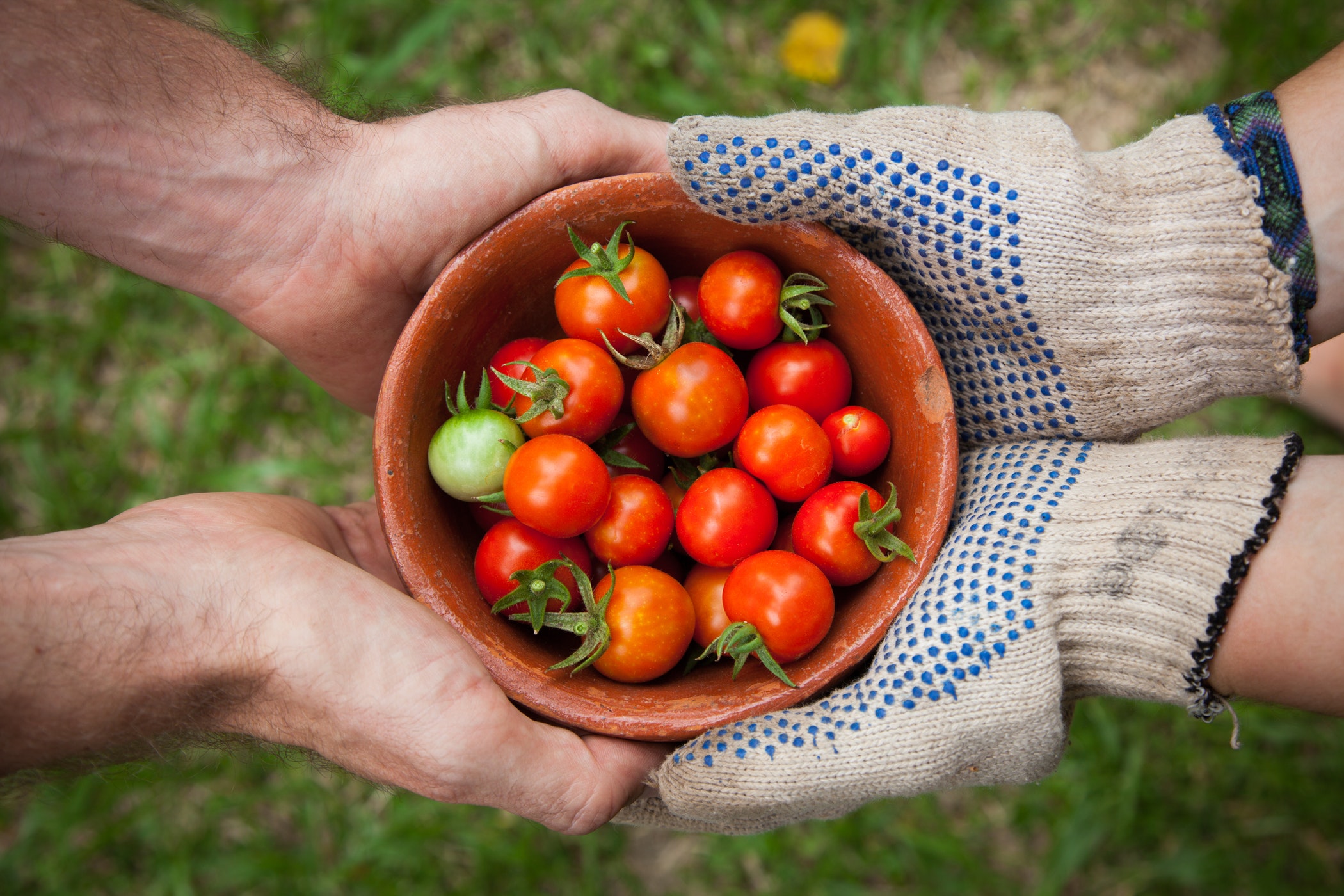

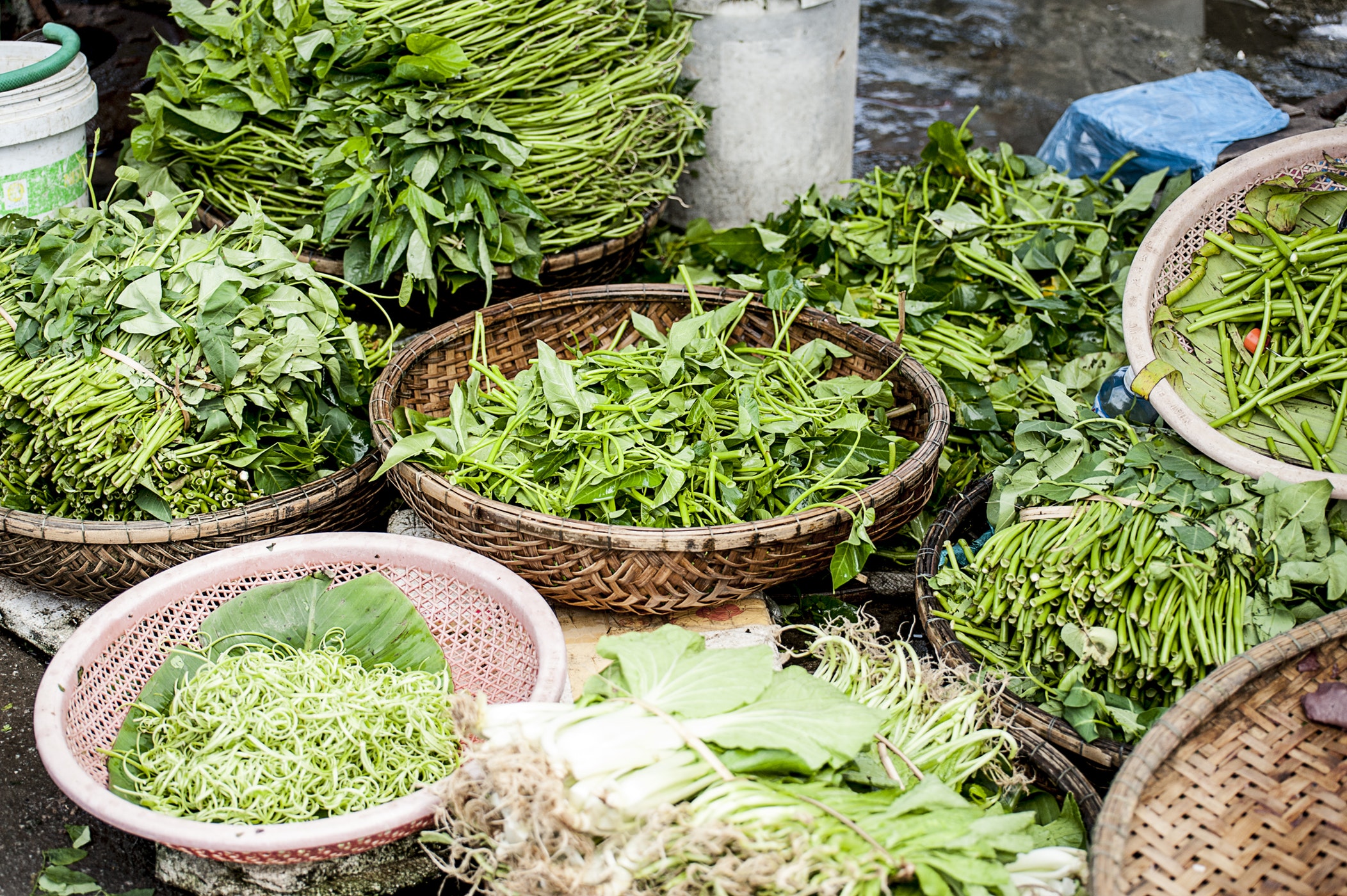


Are you a travel enthusiast? Do you want to share your unforgettable travel experiences? Well, our doors are wide open for you. We are looking for guest bloggers who have the passion of traveling and writing about their travel experiences. We can feature your work on our blog as your portfolio. Get in touch with us!
Enjoy reading my blog? Sign up for my newsletter to be a We Make Travel Easy travel insider.










